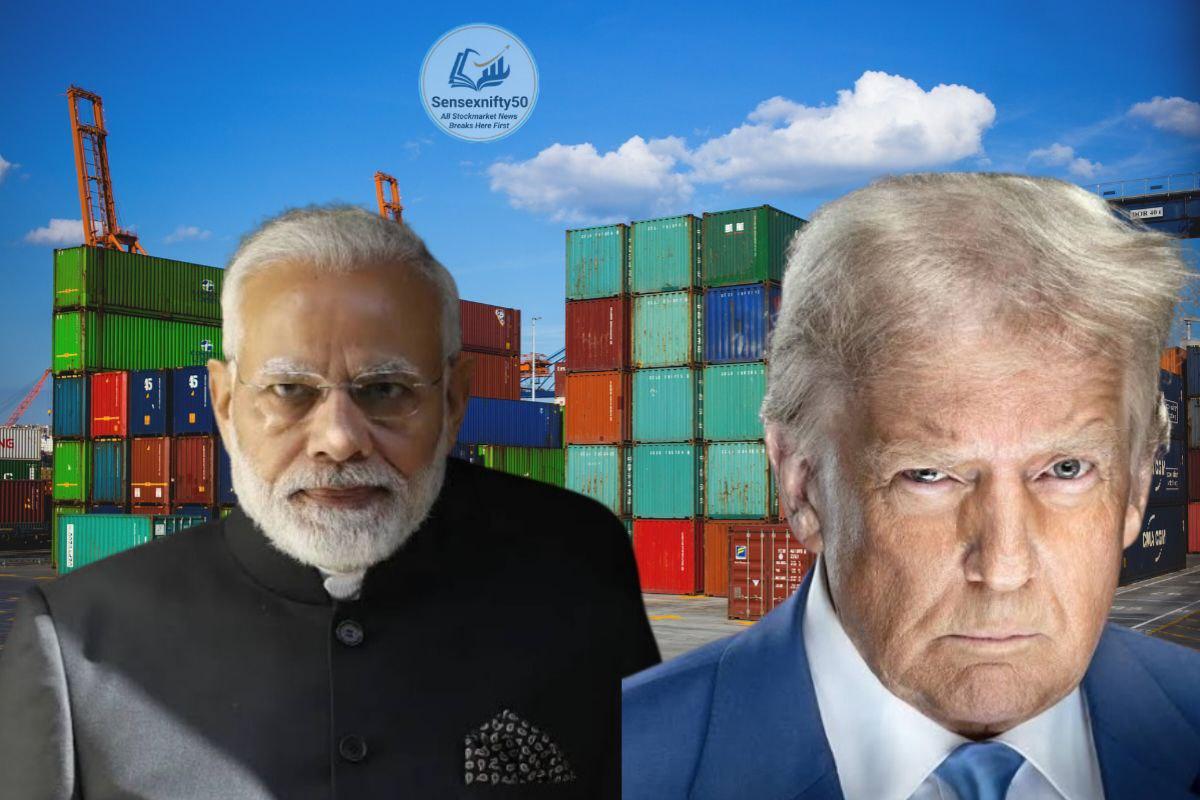
In a bold and unprecedented move, India has done something the United States never expected. New Delhi has now made it clear: it will not remain silent, and it will respond firmly — this time on the global stage of the World Trade Organization (WTO). From retaliatory tariffs to pulling back trade negotiations, India has launched a multi-pronged strategy in response to America’s recent actions.
Just weeks ago, the U.S. threatened to impose a massive 500% import duty on Indian goods. The focus was primarily on products exported from India to the United States, and the message behind the threat was loud and clear — either stop importing cheap crude oil from Russia or face trade penalties. The United States wanted India to halt its energy deals with Russia, trying to corner India with only two options: comply or suffer.
But Washington underestimated India’s resolve.
Under the leadership of Foreign Minister S. Jaishankar, India gave a clear and unwavering reply. India will neither stop buying discounted oil from Russia nor bow down to blackmail. The Indian government has shown that it is not afraid to walk away from the negotiating table when the terms are unfair. In a dramatic step, the Indian trade delegation engaged in Free Trade Agreement (FTA) discussions in Washington was recalled — a clear signal that India is ready to walk its own path.
India has now taken the issue to the WTO. The case centers around the United States’ imposition of a 26% import tariff on Indian automobile products and components on May 3, which was done without proper notice or discussion. The U.S. justified the move by claiming it was under “safeguard measures,” but WTO rules clearly require prior consultation with the affected country and notification to the WTO — neither of which happened. India caught this violation and has challenged it legally.
The damage caused to Indian exports is significant — with an estimated annual loss of 724 million dollars. India is now preparing to impose its own retaliatory tariffs in response. What the U.S. viewed as a move to cripple Indian exports might end up backfiring. In fact, reports suggest that if India gains control over the terms of its free trade negotiations, Indian exports to the U.S. could grow by up to 64%, potentially adding 0.6% to India’s GDP.
The U.S. has also been pushing India to open up its agriculture sector so that American agro-corporations can enter the Indian market. But India has stood firm, stating that it will not allow any policy that harms its farmers. The recall of the trade team from the U.S. reflects this firm stance.
India’s action at the WTO is not just a legal move — it’s a global signal. It tells the world that India will not bend under pressure, not even from a superpower like the United States. India is ready to respond — not emotionally, but strategically, and on international legal platforms.
The tables have started to turn. What was supposed to be a show of dominance by the United States has become a showcase of India’s emergence as a strong, self-assured global power. The message is loud and clear: this is a new India that will defend its economic interests with resilience and legal strength.
While America broke rules, issued threats, and tried to use pressure tactics, India chose patience, policy, and precision. Now the trade battle has officially begun at the WTO, and India is gearing up for a serious response — possibly including counter-tariffs.
This is not just a trade dispute. It is the start of a new chapter in global geopolitics where India is showing signs of taking a leadership role. The question now is not whether India should confront the United States — it is whether the world is ready for India’s growing influence.
Disclaimer:
This article is based on official developments and publicly reported information regarding Indo-US trade relations. It does not represent any political endorsement. The purpose of this article is to inform and provide perspective on current global economic issues.




